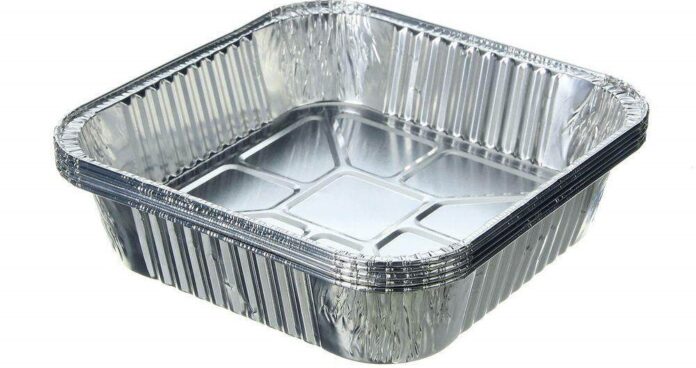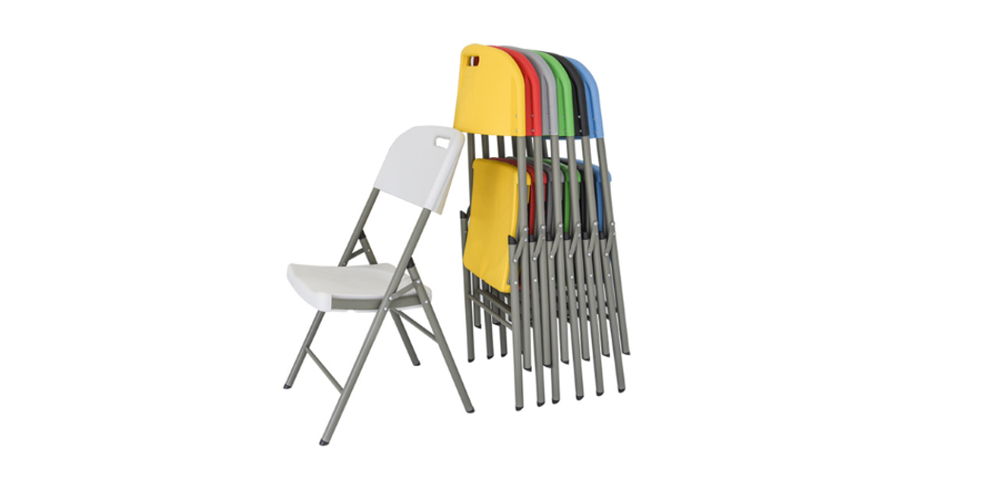aluminium foil container is widely used in the food packaging industry and is a crucial component of laminates. It outperforms plastic laminates in terms of its ability to prevent the passage of moisture, oxygen, and other gases, and the loss of a volatile perfume, as well as the effects of light.
Practical Applications
Package geometries can be chosen to ensure rapid heating and little heat damage during processing when aluminium foil is used in rigid, semirigid, or flexible packaging for in-pack thermal processing. The mechanical stability and quality of sealing play a significant role in ensuring a package’s airtightness.
Metal Substances
The usage of pressed aluminium foil trays for both frozen and heated takeout food is a time-honored tradition. Many cold ready-to-eat meals also make use of them. They work well for conventional oven heating because of their stability at high temperatures, but microwave oven users must take precautions to avoid arcing.
Containers for Microwavable Foods
Aluminium foil (usually 0.02-0.03 mm thick) forms part of the container’s shielding. When microwaving a frozen meal in a multicompartment tray, for instance, it is feasible to preserve ice cream cold by placing it in a completely shielded compartment of the tray, enclosed by aluminium foil.
For Freezing Live Tissue Or Preparing Cells
Aluminium foil is shaped into moulds that are somewhat bigger than the intended specimen. An OCT compound is applied to the mould at 4°C, followed by the fresh tissue samples. After the tissue is in the correct orientation, the mould is filled with 4°C OCT to cover the specimen.
Metalized Films And Overlays
Aluminium foil can be used as a protective layer between the package’s contents and the outside environment in the same way that plastic film or paper can. Lean verification procedures stimulate the application.
Operation Of Aluminium Foils.
A sheet of aluminium foil can be used to keep meals warm, but it’s best not to put it directly on the object or food. The reason for this is that the foil can’t adequately reflect back the thermal energy and keep the food fresh if it’s touching the object; instead, it must be put a bit distance from the meal in order to do its job.
Ideal Method for Packing Food
Aluminium is in high demand as a packaging material. The containers have many applications, one of which is the packaging of food and other consumables. Aluminium foil’s useful characteristics have led to widespread application in food packaging. Constructed from high-quality aluminium fit for human consumption, they are an ideal companion for eateries offering takeout and home delivery.
Benefits
Aluminum food containers are convenient because they are lightweight and symmetrical, allowing you to save room when storing and transporting your food. As a result of careful consideration of your storage requirements, we have created aluminium food containers that are both lightweight and symmetrical.
Inert And Non-Reactive Packaging
These are constructed from premium aluminium that is safe for human consumption, preventing food from oxidising or spoiling as a result of airborne contaminants.













